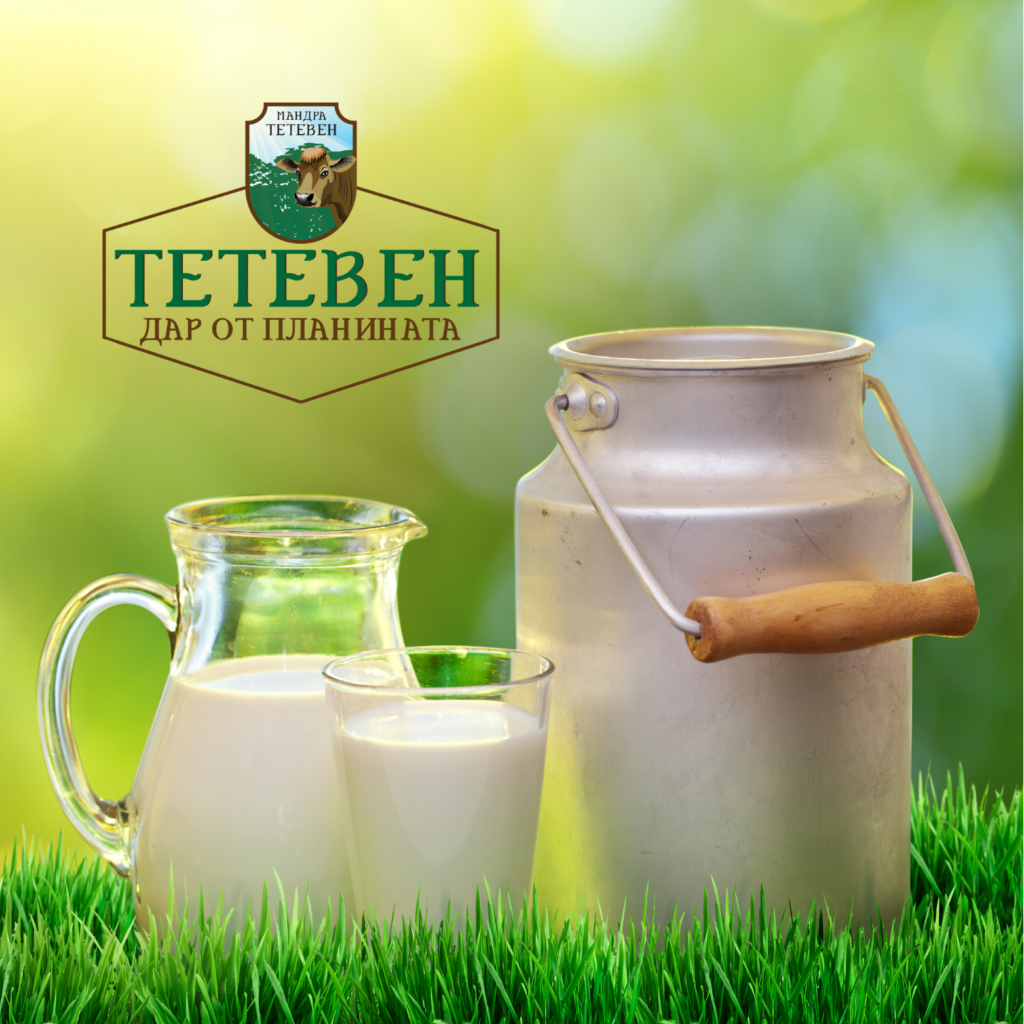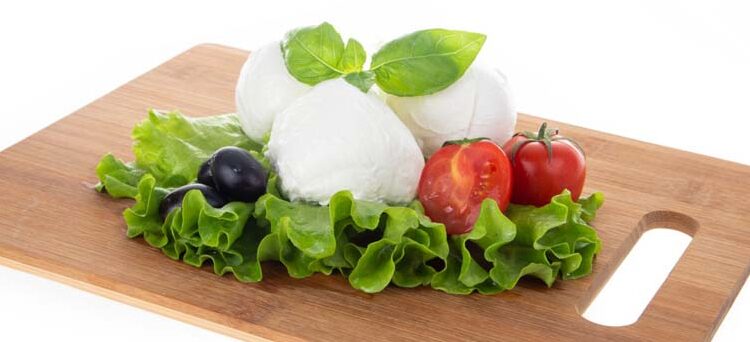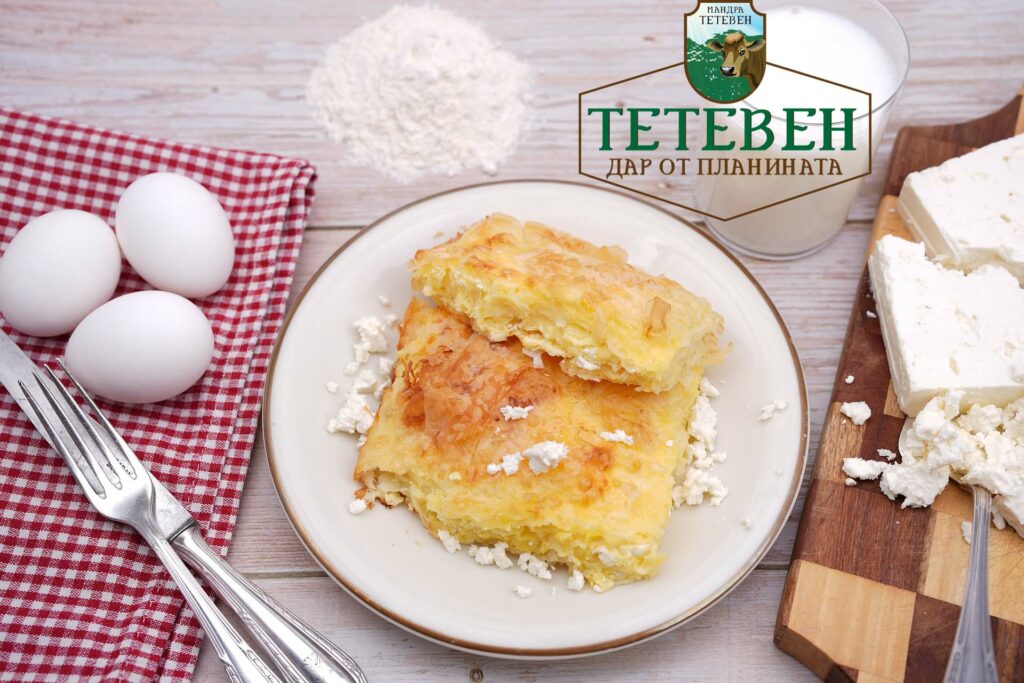|
|
1st of June - World Milk Day |
June 1st is World Milk Day. The international day was created by the Food and Agriculture Organization (FAO) of the United Nations to recognize the importance of milk as a global food.
It is celebrated on 1 June every year since 2001. The aim is to show the importance of milk as a food product and to promote activities related to dairy production.
Each year, World Milk Day has a different theme. This year the focus will be on reducing the impact of dairy products on the environment.
World Milk Day is celebrated in a number of countries with milk festivals, mass tastings of dairy products, fun games and competitions. In Brussels, on June 1 every year, the famous "Peeing Boy" pees milk instead of the usual water.
The purpose of the various initiatives is to remind that milk is rich in various minerals and trace elements and cannot be replaced by the most expensive vitamins from the pharmacy. It also focuses on the role of dairy products in healthy eating, responsible food production, and livelihoods and communities. According to FAO, the livelihood of more than one billion people is supported by the dairy sector, and dairy products are consumed by more than six billion people worldwide.
Fresh cow's milk has been a staple in the diet of many people for millennia. It is the most consumed fresh milk. It surpasses all other natural products in terms of chemical and biological properties. According to modern statistics, it contains more than 200 of the most important ingredients: 20 amino acids, more than 40 fatty acids, minerals, lactose, trace elements, all kinds of vitamins, as well as other substances necessary for maintaining the normal vitality of the body.
|
|
The Mozzarella first appeared in a cookbook in 1570. |
The ancient tradition of making mozzarella cheese dates back to the 4th century BC, but the first official mention of its name was found in a 1570 cookbook by Bartolomeo Scappi, a famous Renaissance cook. He is known to have hosted a banquet in April 1536 while in the service of Cardinal Lorenzo Campreggio. He served under several cardinals after that, was in the service of Pope Pius IV, in the Vatican kitchen. He then continued his work under Pope Pius V.
Scappi achieved his fame in 1570 with the publication of the monumental cookery book Opera dell'arte del cucinare. It is an important written document testifying to the use of mozzarella also in Rome, at the papal table. The court chef mentions it, and for the first time with the term that is still used today, in the list of cheeses commonly served. So mozzarella first appeared in a recipe book. The "Opera dell'arte del cucinare" contains about 1,000 recipes of Renaissance cuisine and describes cooking techniques and tools. Even the first image of a fork is present there. Reprints of the "Opera" were continuously published from 1570 to 1643.
Scappi overturned the ideas in the kitchen of his time with new cooking methods and the use of products imported from America. The cook died on April 13, 1577 and was buried in the church of St. St. Vincenzo and Anastasio alla Regola, patrons of cooks and bakers.
|
|
Colored eggs - with herbs and onions |
All little ones associate Easter with colorful eggs. Kids love to participate in painting and are curious to see what different techniques will produce. If you have already tried most methods with ready-made dyes, it is time to reveal to the little ones that herbs, spices, fruits and vegetables can be an excellent substitute for ready-made dyes. They will be surprised by the end result.
There are two main techniques for coloring eggs with natural dyes - boiling with the "dye" or soaking in a hot potion containing vinegar. Experienced housewives reveal that the first gives a better result. It all depends on the eggshell - depending on whether it is light, dark or smooth, a different color will be obtained in the same dye.
Traditionally, eggs are dyed on Holy Thursday or Holy Saturday, and the first egg must be red. How to achieve this color - with broch root. It is an herb whose roots have been used since ancient times to dye cotton, wool and silk red. You can find the root of the plant in herbal pharmacies. To dye eggs, use 3 tbsp. and about 600-700 ml of water (enough to cover them). Eggs with a darker shell turn deep red. The only problem is that the vessel can also be painted.
If you boil the eggs with turmeric you will get a wonderful yellow color. It is recommended to use egg whites for a deeper yellow. With cranberries, you will color the eggs in the blue-violet range. For this purpose, you need about 100-150 g of blueberries. To get a green color you can use spinach and nettles or mix equal amounts of blueberry decoction and turmeric. However, the resulting green will not be as saturated.
Red onion or beet skins can also be used to dye the eggs red. With onion flakes you will achieve an orange color, with coffee or black tea the eggs will turn brown.
For variety, you can draw wax figures on the eggs, which will remain unpainted. Use flowers and leaves from the garden to get different motifs. Place them on the egg, put on a thin sock and tie with an elastic band. Similarly, you can wrap the eggs with onion flakes.
Eggs dyed with natural dyes have a matte color. To make them shiny, polish them with a pad with a few drops of olive oil or oil.
|
|
The cheese pie is among the 10 best rated Bulgarian dishes |
Banitsa with white cheese is among the ten best-rated Bulgarian dishes in the ranking of Taste Atlase - a traditional food guide that collects authentic recipes, food critic reviews and research articles on popular ingredients and dishes. The ranking of the best-rated native dishes was published in mid-March 2023. The favorite of all Bulgarians, the cheese pie gives the first place only to the Shop salad. Bulgarian cheese pie is the main variant of the traditional pie. It is prepared using dough crusts spread with butter and a combination of eggs, yogurt and cheese. There is also an optional ingredient - it's baking soda, which makes yogurt rise. This makes the pastry fluffier and richer in flavor, the food guide explains. Traditionally, the cheese pie was made at Christmas and New Year, but today it can be bought all year round in grocery stores and kiosks. Besides this basic variety, there are other types of savory and sweet patties filled with different fruits and vegetables, notes Taste Atlase. The cheese pie is also featured in another ranking of the traditional food guide - the ten most popular Bulgarian foods and drinks.




